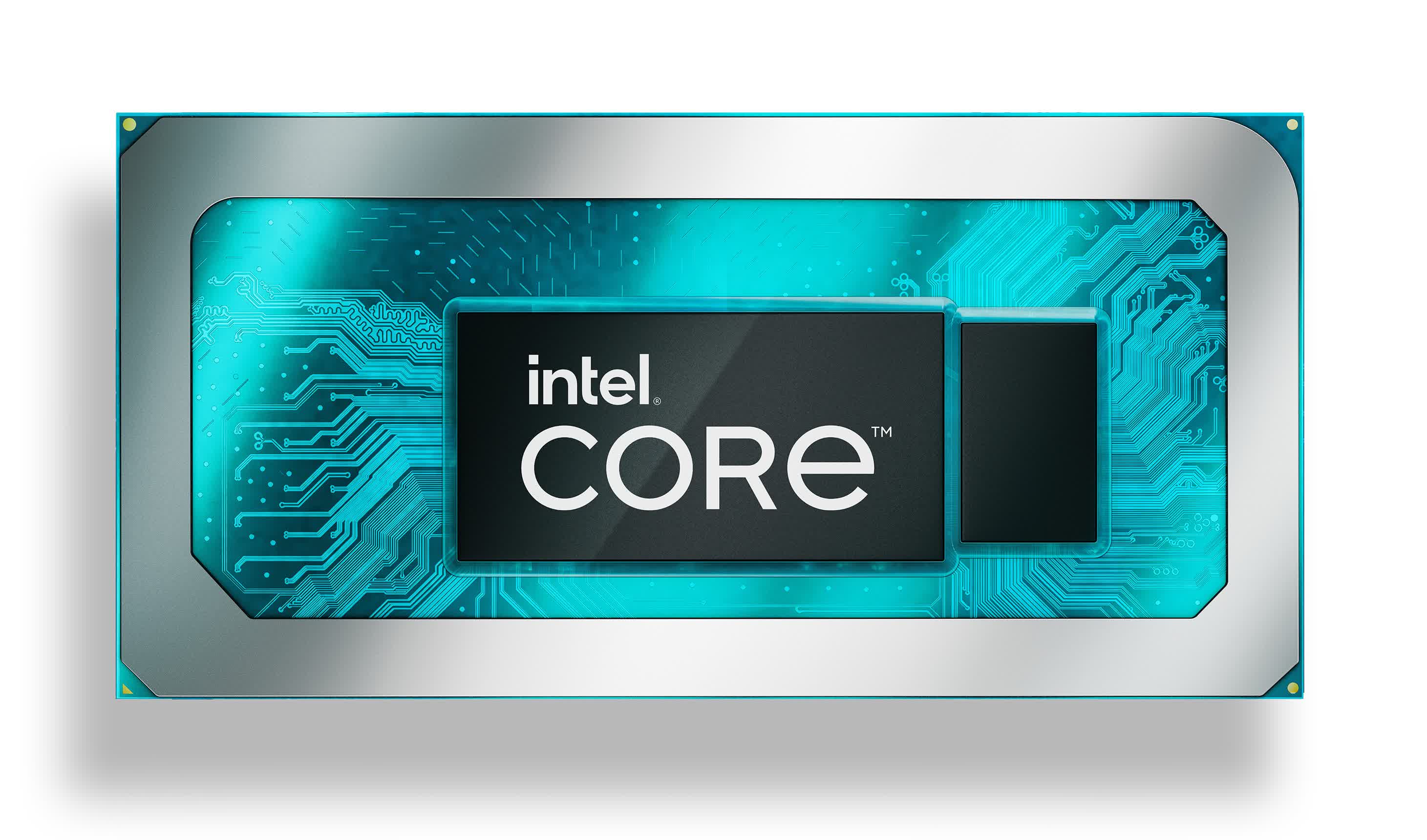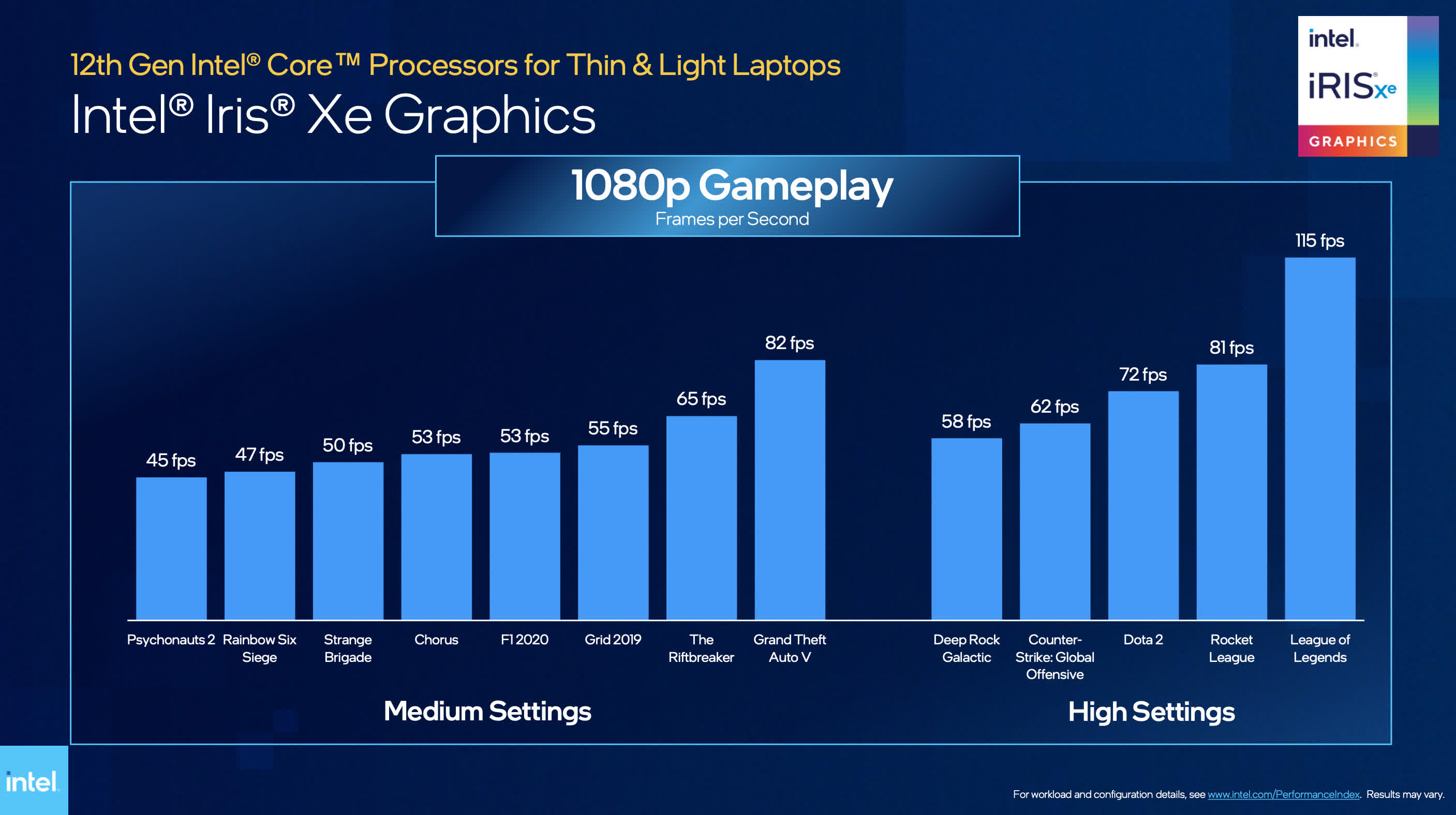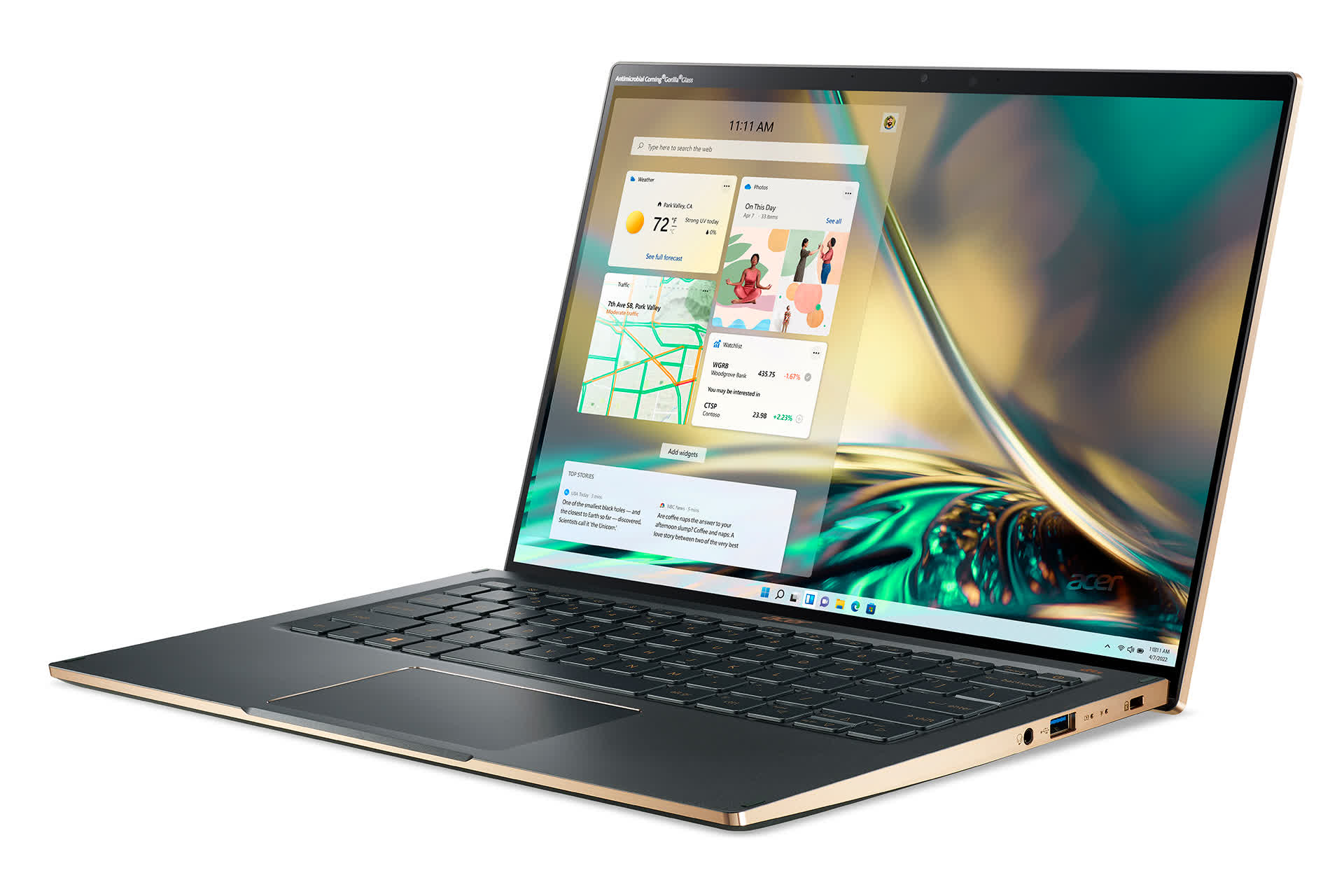Why it matters: Intel’s Alder Lake bombing run continues with the launch of 12th generation P-series and U-series CPUs. Like their more powerful siblings, they combine performance and efficiency cores managed by Intel’s Thread Director technology. Intel Xe integrated graphics, support for PCIe 4.0 and Thunderbolt 4, and more round out the list of features.

The first wave of Intel's 12th generation Alder Lake CPUs for mid-range and high-end laptops arrived with a splash. Our own Tim Schiesser found Team Blue's latest H-series CPUs to be an impressive upgrade over previous generations. The Core i7-12700H, in particular, proved faster than AMD's excellent Ryzen 7 5800H processor in a variety of tasks.
Today, Intel launched the second wave of Alder Lake mobile processors designed for thin and light laptops. Just like the rest of the 12th generation lineup, Alder Lake P-series and U-series CPUs are hybrid designs built on an Intel 7 process node that combines performance cores (P-cores) and efficiency cores (E-cores) in a way that resembles Arm's big.LITTLE architecture.

This configuration provides higher core counts than in previous generation (Tiger Lake) CPUs, which affords some significant performance gains and better battery life in scenarios that require them. Intel says you'll get up to 70 percent better multi-threaded performance when compared to Tiger Lake and AMD's Ryzen 5800U CPU, as well as Apple's M1 and M1 Pro chipsets—but not the M1 Max.
The low-power U-series are split into two sub-families rated at 15 watts and 9 watts, respectively. They only have two performance cores (or one in the case of Pentium and Celeron versions) and between four and eight efficiency cores. Alder Lake P-series processors are rated at 28 watts and can be configured by OEMs for a maximum turbo power of 64 watts. These are essentially lower-clocked versions of Alder Lake-H CPUs with eight efficiency cores and between two and six performance cores.
As you'd expect, all the new chips come with Intel’s integrated Xe graphics engine with anywhere between 48 to 96 execution units, depending on the model. There's also support for PCIe 4.0 solid-state storage, Thunderbolt 4, and Wi-Fi 6E. The Evo branding means the processors will be integrated into devices with 1080p webcams and fast charging, among other things. Come holiday 2022, "select" Evo laptops will offer a multi-device technology that will allow users to seamlessly move between them and other devices, presumably Android laptops and smartphones.

Intel probably doesn't expect OEMs to pair these CPUs with discrete graphics solutions—including its own Arc Alchemist GPUs—but then again, there's only so much thermal headroom in a laptop that's supposed to be under 15 mm thick. Still, Intel claims the top-of-the-line Core i7-1280P with its integrated Xe graphics engine should be plenty capable for casual gaming on the go.
The company says you can expect to achieve around 82 frames per second in GTA V and 65 frames per second in The Riftbreaker at 1080p when using medium-quality settings. Less demanding titles like Dota 2 and Rocket League can efficiently run at a locked 60 frames per second using high settings, but that shouldn't come as a surprise.

In related news, Acer announced the first ultraportable laptops to sport a 12th generation Alder Lake-P CPU—the Swift 5 and the Swift 3. These devices have 16:10 displays, up to 16 gigabytes of LPDDR5 RAM, up to 2 terabytes of PCIe 4.0 storage, and, most notably, USB-A and HDMI 2.1 ports. Pricing starts at $849.99 for the Acer Swift 3 and $1,499 for the Swift 5. They'll first be available in Europe starting next month and will gradually roll out to more regions until June.
https://www.techspot.com/news/93527-intel-launches-12th-gen-alder-lake-p-series.html